A Mara is any number of species in the Caviidae family. Some of their closest relatives include Guinea pigs and capybaras. These creatures are some of the largest rodent species in the world. Capybaras are the largest rodents, followed by beavers, then porcupines, and then Maras! Read on to learn about the Mara.
Description of the Mara
While their cousin the capybara looks like a jumbo-sized Guinea pig, Maras don’t share quite the same similarities. Their heads are shaped somewhat like the capybara, but they have long, pointed ears and long legs. They have four toes on their front feet and three on their rear feet.
Their size varies by species. Some weigh up to 24 lbs. or more, while others weigh just 5 or 6 lbs. Generally, these creatures measure between 16 in. long and 31 in. long.
Interesting Facts About the Mara
These rodents are interesting looking to say the least! Learn what else makes these creatures unique below.
- Patagonian Mara – The larger of the two species, this mammal lives exclusively in Argentina.
- Chacoan Mara – This species is the smaller of the two. It ranges throughout Argentina, Bolivia, and Paraguay.
- Athletic Animals – These creatures are similar to rabbits in more than just their appearance. They also hop and bounce along when they move. Some reach speeds of 18 mph or more while running.
- Socialite – During the day these creatures move about in pairs searching for food. However, multiple pairs congregate in communal dens at night. These groups even take turns watching the young at the den!
Habitat of the Mara
The two species live in a variety of different habitats. The Patagonian species lives only in arid regions with low rainfall. It prefers desert, scrub, steppe, and savanna habitats. The Chacoan species inhabits a variety of regions. Some live in wetlands and along riverbanks and streams, others utilize forests and scrublands.
Distribution of the Mara
The Patagonian species lives only in Argentina. It ranges throughout the center of the country, its distribution bordering the Andes Mountain range. The Chacoan species also lives in Argentina, but its range extends into portions of Paraguay and Bolivia.
Diet of the Mara
Like most rodents, these creatures are herbivores. They eat a variety of plant parts, including stems, leaves, grasses, seeds, cactus, fruits, and more.
Their exact diet varies based on where they live and what season it is. Individuals in different regions feed on different plant species. During the dry season they rely more heavily on cactus and other succulents.
Mara and Human Interaction
Human activity impacts the different species in different ways. Habitat destruction, primarily for agricultural purposes, is the primary threat to these creatures.
Farming also increases competition for food. In addition to indirect impacts, humans also hunt these creatures for their meat and hide. The IUCN lists the Patagonian species as Near Threatened, and the Chacoan species as Least Concern.
Domestication
Humans have not domesticated this species in any way.
Does the Mara Make a Good Pet
These rodents generally do not make good pets. They are wild animals, and their care is quite different from that of a dog or a cat. In many places, it is also illegal to own this rodent as a pet.
Mara Care
Both species fare well in zoos, and breed readily. When socialized at an early age, they make wonderful animal ambassadors. Zookeepers let guests meet the animal, and they teach the guests about the importance of conservation. They feed the rodents a variety of fruits and vegetables, hay, and pelleted rodent food.
Behavior of the Mara
These diurnal creatures sleep in dens overnight, and spend their days foraging for food. Mated pairs usually forage alone, but multiple pairs share a den at night. As many as 70 animals live in a single community of dens! The pairs work together, “babysitting” each other’s offspring while the others forage for food.
Reproduction of the Mara
Pairs of Maras are monogamous, and breed with the same partner for life. Females begin breeding when they are eight months old.
The gestation period lasts about three months, and the female gives birth to an average of two pups per litter. The female nurses the pups and interacts with them, while the male stands guard and watches for predators.

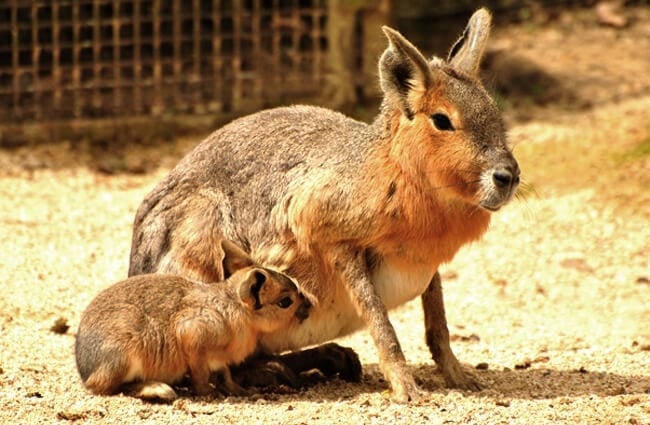


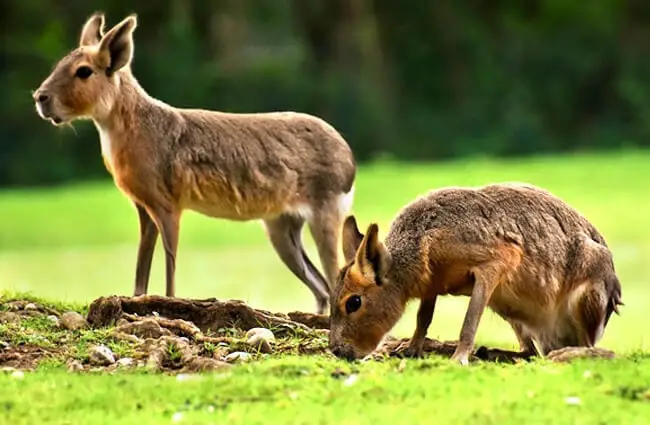

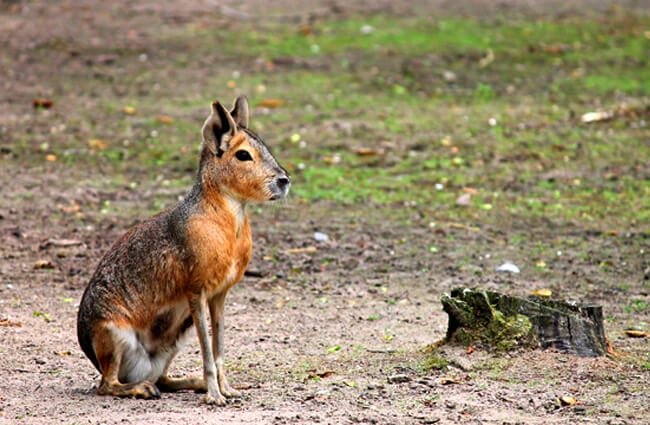
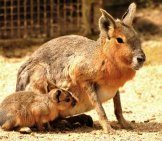

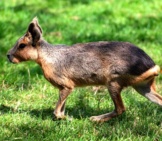
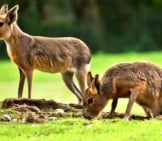

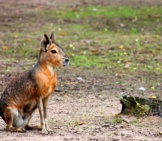
![Red Angus Closeup of a beautiful Red Angus cowPhoto by: U.S. Department of Agriculture [pubic domain]https://creativecommons.org/licenses/by/2.0/](https://animals.net/wp-content/uploads/2020/03/Red-Angus-4-238x178.jpg)












![Red Angus Closeup of a beautiful Red Angus cowPhoto by: U.S. Department of Agriculture [pubic domain]https://creativecommons.org/licenses/by/2.0/](https://animals.net/wp-content/uploads/2020/03/Red-Angus-4-100x75.jpg)

